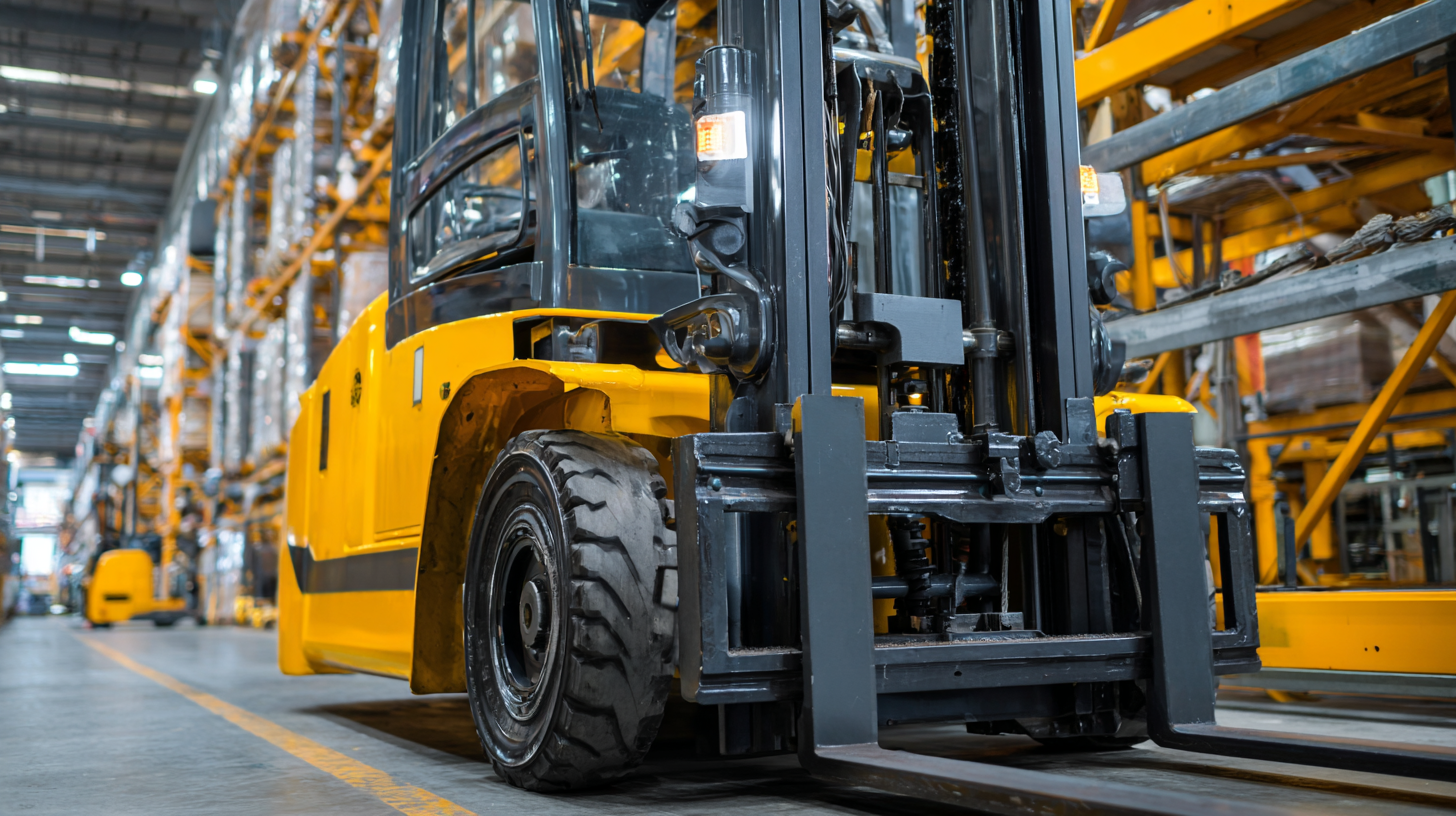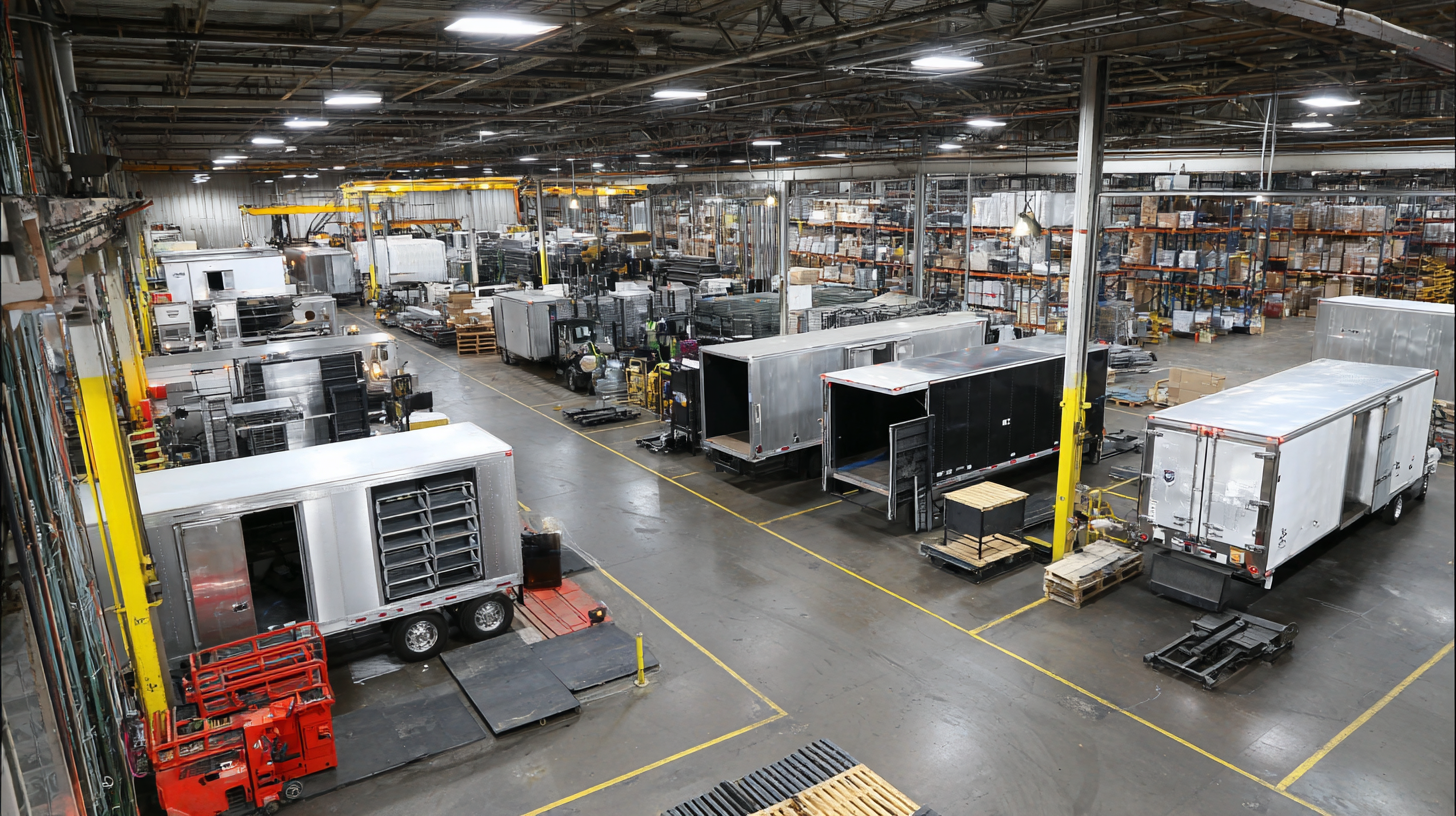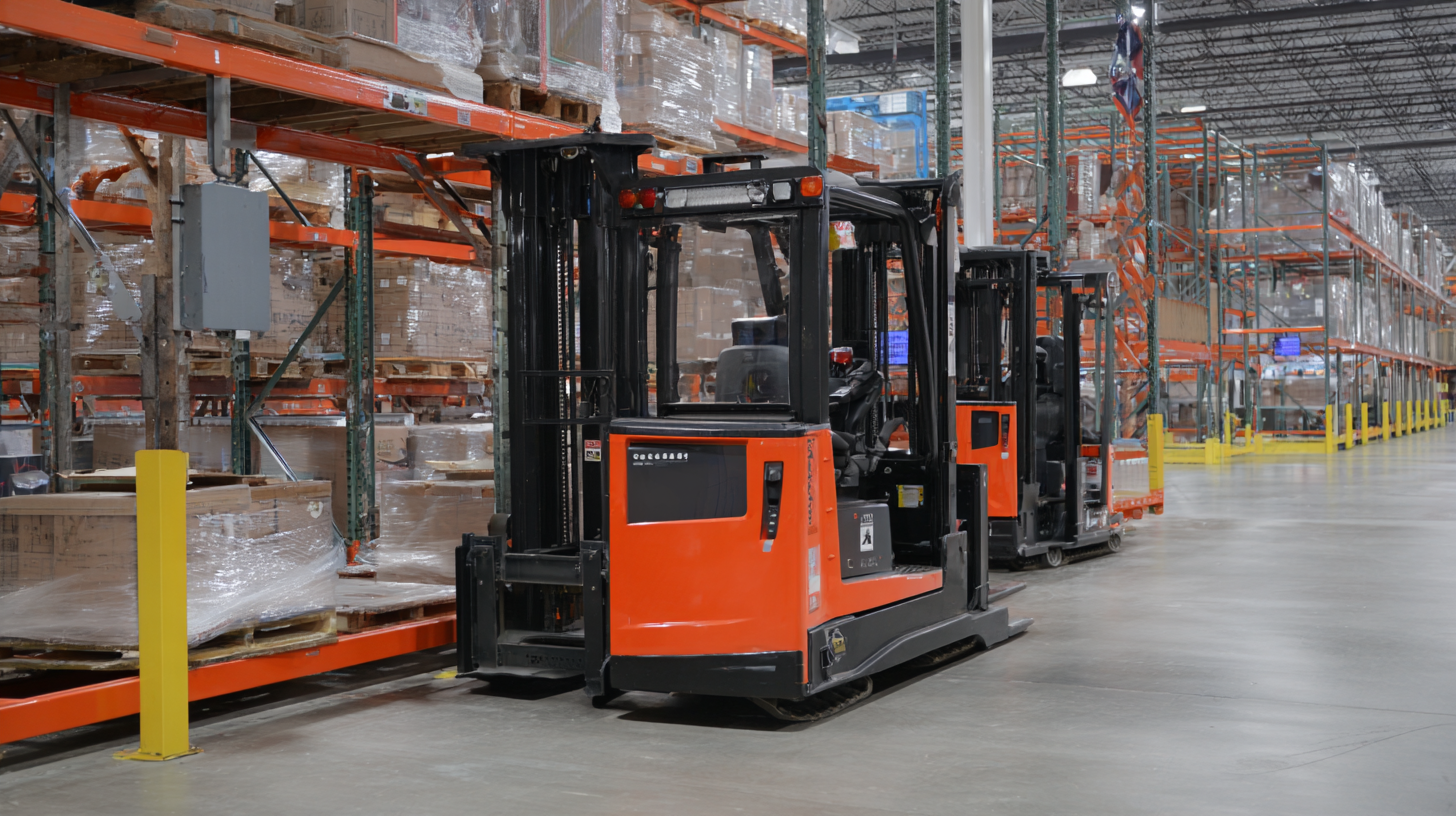2025 How to Choose the Best Material Handling Equipment for Your Business Needs
In the ever-evolving landscape of logistics and supply chain management, selecting the right material handling equipment (MHE) has become more critical than ever for businesses aiming to enhance operational efficiency and productivity. According to a report by the Material Handling Industry of America (MHIA), the material handling equipment market is projected to reach $230 billion by 2025, reflecting a growing recognition of the importance of integrating advanced MHE solutions into various industries. As companies face increasing pressure to optimize their processes and reduce costs, understanding the diverse types of material handling equipment available is essential for making informed investment decisions.

Choosing the best material handling equipment involves a comprehensive evaluation of both current and future business requirements. Factors such as the nature of goods being handled, storage solutions, automation capabilities, and safety considerations all play pivotal roles in this decision-making process. Industry reports indicate that over 70% of companies that invest in modern MHE see a significant improvement in their operational efficiency within the first year of implementation. As businesses strive to adapt to rapidly changing market conditions, the right material handling equipment can offer not only immediate benefits but also long-term returns on investment.
Identifying Your Specific Material Handling Requirements
When selecting material handling equipment for your business, it is crucial to first identify your specific handling requirements. A recent industry report highlights that businesses with clearly defined material handling needs can improve efficiency by up to 30%. Whether you manage a warehouse, a manufacturing facility, or a distribution center, understanding the volume, weight, and type of materials you'll be handling will significantly influence your equipment choices. For instance, automated material handling vehicles, such as forklifts and loaders, are increasingly tailored to meet demanding operational needs and can optimize workflows through automation.
As operations evolve, the push for technology integration becomes paramount. The adoption of automated solutions not only boosts performance but also maximizes the efficiency of bulk material handling processes. A study indicates that companies implementing automation in their material handling operations report a 25% increase in productivity. Additionally, innovations such as AI-driven agents streamline supply chain workflows by providing actionable insights and timely decision-making support. This technological advancement enables businesses to keep their material handling equipment operating at peak performance, ultimately leading to improved service delivery and operational success.

Evaluating Different Types of Material Handling Equipment
When evaluating different types of material handling equipment for your business, it is essential to consider the specific needs of your operations. From forklifts and pallet jacks to automated guided vehicles (AGVs) and conveyor systems, the options available cater to various applications and environments. Each type of equipment offers unique benefits, such as increasing efficiency, enhancing safety, or optimizing space utilization. Take into account the weight and size of the materials being handled, as well as the frequency of movement, to determine the most suitable equipment.
Another crucial factor in your evaluation is the layout of your facility. Equipment that performs well in one type of setting may not be as effective in another. For instance, narrow aisles might require compact forklifts or walk-behind pallet trucks, while larger warehouses could benefit from robust automated solutions. Additionally, think about the versatility of the equipment and whether it can adapt to changing demands within your business. By carefully assessing your operational requirements and facility conditions, you can make an informed decision that enhances productivity and supports your business growth.
Assessing Safety Features in Material Handling Solutions
When selecting the right material handling equipment for your business, assessing safety features is paramount. According to recent industry reports, 70% of workplace accidents stem from inadequate safety measures in material handling. This underlines the importance of choosing equipment that not only increases productivity but also minimizes risk.
High-quality material handling systems often come equipped with advanced safety features such as automatic braking systems, ergonomic designs to reduce strain on workers, and real-time monitoring tools that enhance operational safety.
Furthermore, incorporating robust safety frameworks, similar to Canada's Safety Framework for Connected and Automated Vehicles 2.0, can guide businesses in selecting material handling solutions that adhere to strict safety standards. Companies can leverage tools like the S&P Global ESG Score, which reflects a firm's management of environmental, social, and governance risks. By focusing on equipment that scores well on these metrics, businesses can ensure they are investing in solutions that prioritize the safety and well-being of their workforce. In a rapidly evolving market, acknowledging these safety features while aligning with sustainability goals is essential for long-term success.
Understanding Costs and ROI of Material Handling Equipment
When selecting material handling equipment, understanding the associated costs and return on investment (ROI) is crucial for making an informed decision. The initial purchase price is often just the tip of the iceberg; businesses must also consider maintenance, operational efficiency, and potential downtime costs. Evaluating these factors allows companies to get a clearer picture of the overall financial commitment and performance expectations from the equipment selected.
Moreover, calculating the ROI involves assessing how the equipment will enhance productivity and streamline operations. Equipment that improves speed, accuracy, and safety can significantly reduce labor costs and minimize errors. By analyzing historical data, businesses can project how the new equipment might influence their productivity levels, ultimately leading to a more compelling ROI. It's essential to look beyond the price tag and focus on the long-term benefits that material handling equipment can bring to the organization, ensuring sustainable growth and profitability over time.

Exploring Maintenance and Support Options for Equipment Choices
When selecting material handling equipment, understanding maintenance and support options is crucial to ensure optimal performance and longevity. Different types of equipment require varied levels of maintenance, which can significantly impact operational efficiency. For example, automated systems may need regular software updates and troubleshooting, whereas more traditional equipment like forklifts might focus on mechanical inspections and equipment servicing. Business owners need to assess the technical expertise of their team and whether they require external support for maintenance tasks.
Moreover, the availability of support services from suppliers should be a key consideration. Reliable manufacturers often provide extensive after-sales support, including training programs for staff, timely spare parts availability, and dedicated customer service. This ongoing support can be invaluable, as it minimizes downtime and maximizes productivity. Therefore, businesses should not only evaluate the equipment itself but also the comprehensive package of maintenance and support that accompanies it. By prioritizing these aspects, companies can ensure they choose the right material handling equipment that aligns with their operational goals while also being equipped for long-term success.
Related Posts
-

The Complete Ultimate Guide to Choosing the Best Material Handling Equipment for Global Buyers
-

7 Game-Changing Material Handling Systems You Need to Know About in 2024
-

How to Optimize Your Production Line with an Efficient Drum Dumper Solution
-

Maximize Efficiency with the Right Drum Tipper Choosing the Best Model for Your Industrial Needs
-

The Ultimate Guide to Choosing the Perfect Drum Cart for Your Musical Setup
-

How to Choose the Right Drum Dolly for Your Business Needs
